As a speech-language pathologist and mother, I play with ALOT of toys! Specifically toys that promote speech and language development, develop play skills, and foster independence. I have found that the best toys are able to provide opportunities to learn new concepts, engage children socially, experience new sensory input, and build your child’s imagination.
Her’s my 10 Tips for Choosing Toys for Speech & Language Development to help guide your decision-making when in the toy aisle.
Today I’m sharing my list of toys that can be great for ALL children –and just so happen to promote speech and language development as well! I understand toys can add up quickly, so I’ve included budget-friendly options under $25 and a few splurge options for under $100.
Pictures are linked to the item for online purchase. I do not receive any funds for promoting these products.
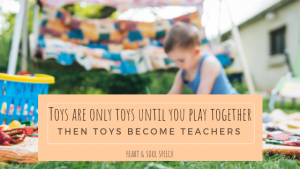
This post contains affiliate links for your convenience. Images below are linked to the original seller. I do not receive funds for endorsement. Prices/availability may change.
-
Books
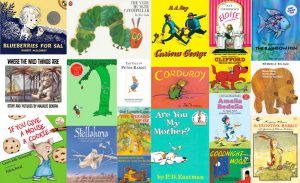
Books are always my number one go-to toy! When read together with your child, they really can be the all-purpose language learning tool. Labeling, prediction, ask/answer questions, following directions, vocabulary, pre-literacy skills like rhyming and letter identification, joint attention, story-telling–only the tip of the ice burg here people! Especially if your little one isn’t talking or reading yet, put books at the top of your list!
Budget: You can find discounted books at places like your public library, TJ Maxx, Ross, Walmart, or online at thriftbooks.com
Splurge: Monthly children’s book box subscription –The Story Box is by a fellow speech pathologist!
One of my personal favorite toys. It’s just good old-fashioned fun for all ages! One of my speech therapy tricks to get children talking is to give them an UNopened bottle of bubbles. They almost always learn to request help quickly! Bubbles invite children to engage in joint attention with others, visually track the bubbles, and promote turn-taking -all of which are required skills before learning to talk. Basic vocabulary used with bubbles can include: Up, away, fly, blow, open/shut, oh no!, and of course -Pop!
Budget: Bubble machine from Amazon; bubble wands from Walmart
[Here’s a recipe for homemade bubbles!]
This and #4 below are great ways to practice labeling, learning basic concepts (i.e., prepositions, sizes, counting, colors, shapes, categories), understanding verbs, following directions, and building pretend play skills. You can ask questions like “Where is the baby?” “Who is in the kitchen?” or tell the child to “Put the car in the garage.” Remember, boys can play with dolls too!
Budget: Baby doll set from Walmart
Splurge: Wooden doll house from Walmart
Another one of my go-to toys for young children or children not yet talking. Something about animals is super funny to kids. Maybe it’s all the strange sounds they make? Or maybe they just like to hear mom and dad trying to imitate those sounds! Again, these are great for pretend play development and verb learning. Animals can eat, drink, jump, fly, dance, gallop, sleep—just about anything your little dreamer can dream.
Budget: Assorted Plastic Jungle Animals from Walmart
Splurge: Wooden Barn by Melissa & Doug from Target
-
Potato Head
Classic & Timeless. I can’t believe how many different versions of Potato Head are available now! Body parts, clothing, colors, following directions, answering questions, and pretend play are just some of what you can learn with Potato Head.
Budget: Classic Mr. Potato Head from Target
-
Lacing beads
While it’s true lacing beads are great practice for fine motor skills, hand/eye coordination, concentration, and visual processing, they are also good for learning vocabulary in a fun new way. Colors, patterns, counting, shapes, textures, and prepositions are easy to practice. Making a necklace or keychain is so much fun!
Budget: Make your own with a shoestring, beads, buttons, or dry pasta noodles. Or buy from Melissa & Doug.
-
Puzzles
Puzzles are wonderful for more basic concept vocabulary practice. They can teach lessons on part/whole relationships, category sorting, and answering questions. Additionally, puzzles foster problem solving, spatial awareness, and cognitive reasoning. If the child is unable to complete the puzzle, let them ask you for help before jumping in. Young toddlers can try one piece puzzles too!
Budget: Animal puzzle from Kohls or Single Shape Puzzles from Amazon
-
Musical instruments
Introducing music to children early can help them learn the sounds and meanings of words. Even babies start to identify sound patterns that help them develop language! Repetition of fun songs and rhymes builds vocabulary and helps them learn the sequence of words. All children learn to imitate before learning to talk, and playing musical instruments helps imitation. A game like Simon Says or just singing and dancing together helps kids get a head start on language.
Budget: Melissa & Doug Beginner Band Set from Kohls
-
Flashlight
I know-not something typically found in the toy aisle. But give it a try. Flashlights are amazing to kids and there is so much opportunity for language learning! Flashlights can be used to make shadow puppets on the wall, play I Spy or Hide and Seek, or read books in the dark.
Budget: Melissa & Doug Firefly Flashlight from Amazon
-
Play Dough
Homemade or from the store-Play Dough is the way to go! It’s so much more than it used to be when I was a kid! The tools that come with the Play Doh sets now are what I really like for building language-scissors, rollers, cookie cutters, spiralers, etc. The verbs here could be: cut, roll, smash, squeeze, etc. There’s so many options that are great for vocabulary.
Budget: Play-Doh Create-N-Store from Walmart
-
Things that Go
Cars, trucks, trains, and planes. These (and #16) are my go-to verb toys. “Go!” Is usually a first word for our speech delayed kiddos and nothing motivates them more than racing the car around the house. “Stop, fast, slow, vroom, choo choo, beep, crash, whoaaa” are also fantastic early words. Learning prepositions and adjectives, following/giving directions, and turn-taking/social engagement are easy to practice with these toys.
Budget: Wooden Car Play Set from Walmart
Splurge: Wooden Ramp Racer from Pottery Barn Kids
-
Blocks/Legos
Building toys are brain toys. Children work to learn how to solve problems, hand/eye coordination, cause-effect, size and shape, balance, counting, spatial awareness, teamwork, gravity, prepositions, colors and letters, and much more! I’ve seen some amazing language practice just by bringing out the plain old wooden blocks.
Budget: Wooden block set by Melissa & Doug from Walmart
Splurge: MagnaTiles from Target
-
Climber/tunnel/ride on toys/pull toys
I grouped all these together because we know that motor development and cognitive development happen in similar parts of the brain–so essentially when children get moving, they are learning! Following/giving directions and prepositions are great to practice-“go through the tunnel and around the couch!” Usually you don’t have too many of these toys in one home, so sharing and turn-taking with others is another way to build good communication.
Budget: Tunnel from Kohls, Melissa & Doug Frog Pull Toy from Kohls
[Pro Tip: Make an obstacle course out of pillows, blankets, and furniture around the house!]
Splurge: Plasmacar Ride Toy from Kohls
-
Shape Sorter
Here is preposition heaven! In, out, on, under, next to, behind… (anyone remember the preposition song?) Not to mention basic vocabulary of shapes, colors, numbers, and matching. When keeping in mind choking hazards, these are great for object permanence and joint attention for babies as well.
Budget: Melissa & Doug Shape Sorting Cube from Target
-
Nesting/stacking cups
Stacking cups are another wonderful open-ended toy. You can work on problem-solving to build tall towers by stacking or learn sizes by nesting. You can hide smaller toys under cups and play “hide and seek.” You can pretend to have a tea party or cook. In/out, on/off, they all fall down! Colors, sizes, counting. The vocabulary building is endless.
Budget: Rainbow Stacking Cups from Amazon
-
Stepstool/Learning Tower
Another thing not typically considered a “toy,” but I’m telling you it’s going to rock your world. Children live in a very adult world, meaning they don’t always understand our perceptive when we talk about the things we see. When children are brought up to our level with a simple stepstool, they are able to better put those language skills into practice. Personally, a lot of my own child’s language learning happens in the kitchen. The potential for learning by doing is HUGE when you’re stirring a pot of soup, cutting up veggies (with child safe knives/scissors), rolling out cookies, or just giving mommy the recipe directions by pointing to pictures.
Budget: Folding Step Stool from Five Below
Splurge: SDADI Kitchen Step Stool (Learning Tower) from Amazon
-
Balls
We can’t forget about verbs when learning language. Words like “go, bounce, throw, catch, etc.” are built in to ball play. Prepositions are also easy here when the ball bounces “through” the hoop, “next to” the door, or -if you kids are like mine –“behind” the television. Tactile concepts (like hard, soft, bumpy) and size can also be targeted if you have more than one. Even more important skills learned with balls are turn-taking and social sharing when rolling the ball back and forth.
Budget: Textured MultiBall Set by Infantino from Walmart
-
Water toys
Whether you head outside or play in the bathtub, water is a great motivator for language! You definitely don’t need much when playing in water, but kitchen utensils (like cups, spoons, sponges, ladles, funnels, etc.) can be used to expand vocabulary and fun. Verbs to practice may be “splash, scoop, pour, squirt” -and naturally – “spill and wipe up.” Take a kiddo out to the back fence and give them a bucket of water and paint brush=language and play for hours!
Budget: Boon Building Bath Pipes from Amazon
Splurge: Spill Splash Seaway Water Table from Amazon
-
Mirror
Babies love mirrors as it opens up their world to new perceptive and feedback. When they move, of course, the reflection moves. It’s the ultimate cause and effect toy! Mirrors help children of all ages learn about their bodies, facial expressions/nonverbal communication, and even labeling emotions.
Budget: Fisher-Price Monkey Mirror from Walmart
Splurge: Infant floor mirror from Discount School Supply
-
YOU!
My last toy recommendation isn’t a toy–obviously. Although toys have wonderful benefits for language learning, children don’t need toys to learn to talk. Remember: toys are only toys unless we play TOGETHER with our children and then toys can become teachers.
Parents sometimes forget that YOU can be the most fun thing to play with in the house-and you definitely have the most language to give to your children. Play tickle monster. Sing silly songs. Dance. Play finger games like Patty Cake or Itsy Bitsy Spider. Build a fort. Tell stories. Go on a nature walk. Play hopscotch. Make music with pots and pans. Play with boxes. Play Hide-and-Seek. Spend time together at the park or zoo. Spend time together playing with language with your little one.
What would you add to this list? What are your favorite toys for learning language?
Don’t miss our post on our Top 20 List of Everyday “Non-Toys” for language development!

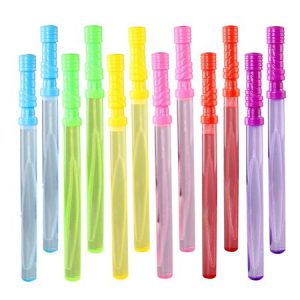
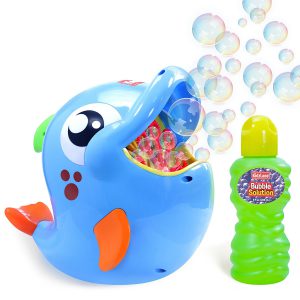
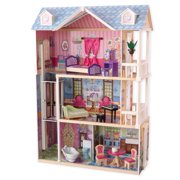
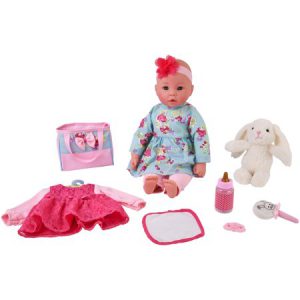
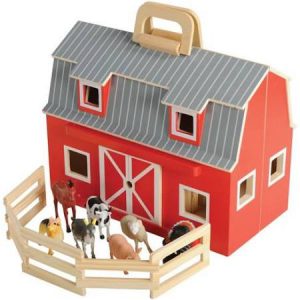


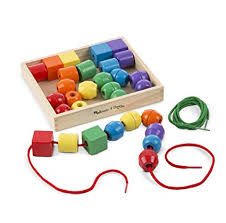

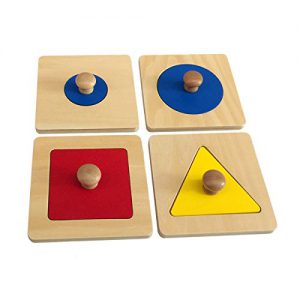
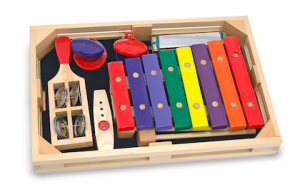

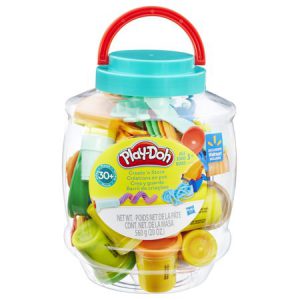
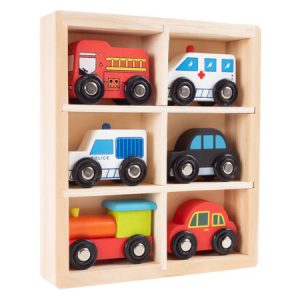

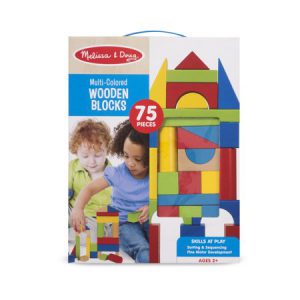
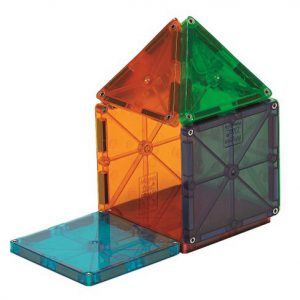
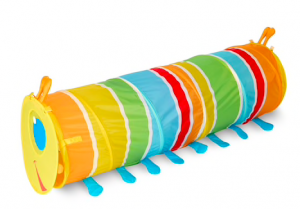
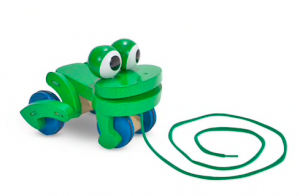
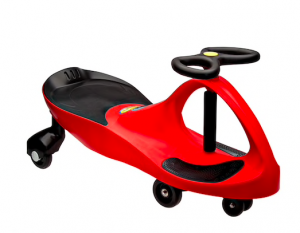


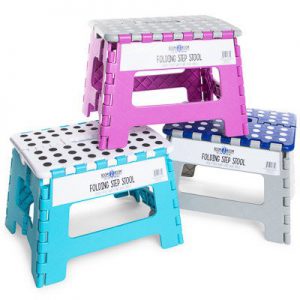
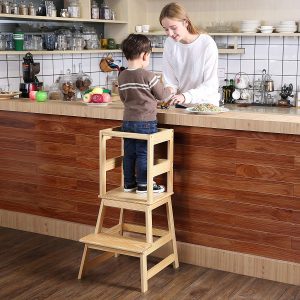
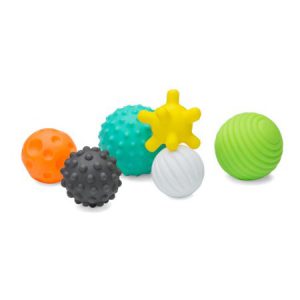
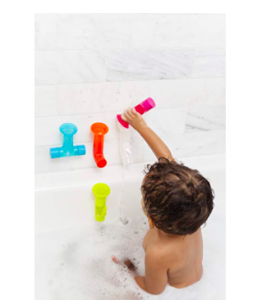
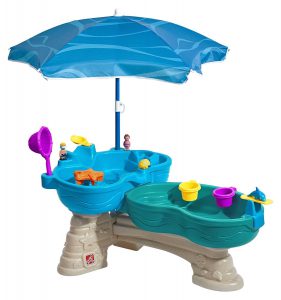
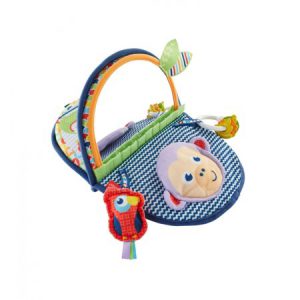
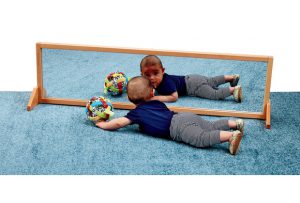
For older children, crayons or markers can allow them to express themselves when words are difficult. Also they can explain their drawings.
That’s a great idea! Art and crafts are wonderful language tools!
Thanks for the list! Lots of faves here I used with my kids…now I wonder where did they all go??? LOL I will use this for my Xmas shopping!
Love the you part, and how bubbles help them ask for help. We’re getting a balance board for Christmas—and I am beyond excited!
I love this list, as a home health SLP for nearly 20 years I realize all the toys in my bag fall into these exact categories. I never took a step stool into a home, but I’ve certainly worked with parents to help their children get up to their height. Usually the first thing I do is get the parent to get to the child’s eye level, that makes the transition to lifting the child much easier. Thank you for creating such a comprehensive list. I’m going to share it with my EI families since I’m now working bag less.
I’m so happy you found it helpful! The step-stool is one of my favorite tricks.